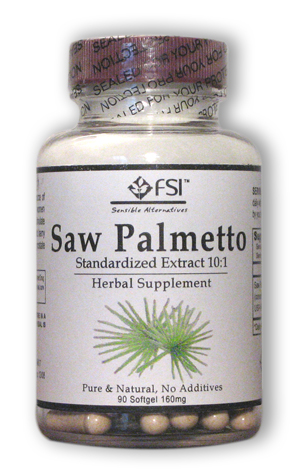Perhaps you have noticed the mane of thick shiny hair owned by people living in tropical coastal regions? Their secret is Coconut Oil. People everywhere are switching on to its natural benefits. We’ll tell you what they have been discovering.
Unfairly demonized by the FDA for years because of its high saturated fat content, coconut oil is finding new proponents daily, with internet doctors such as Dr Oz and Dr Mercola singing its praises to the masses.
Used for thousands of years, it just happens to be one of the most effective conditioners for all hair types, the hidden reason it’s in so many hair care products.
How Does Coconut Oil Care for Your Hair?
Regular conditioners tend to soften hair and smooth the cuticles, adding shine and giving the appearance of healthiness. Coconut Oil works at a deeper level, and actually does boost hair and scalp health and repairs your damaged hair. As an added bonus it’s also an antimicrobial which controls the fungus causing dandruff, so you can skip the dandruff shampoo.Coconut Oil is thick, white and semi-solid at room temperature and should be warmed to melting point prior to use on hair. Unrefined (100% Virgin) coconut oil is ideal for your hair and less expensive than commercial cosmetic products.
 |
Penetrates, Thickens and Protects Virgin Coconut Oil is completely absorbed by the hair, filling up the hollow shafts, adding body and making hair appear thicker, whilst also protecting it from damage (by reducing fiber swelling). |
 |
Prevents Protein Loss and Boosts Shine Coconut Oil helps hair retain proteins – normally lost through weak, damaged hair. It also seals in moisture, making hair stronger and silkier. |
 |
Prevents Dandruff and Hair Fall-Out Coconut Oil’s antibacterial properties protect the scalp against infections resulting in itching, dandruff and weak dry hair. They also protect hair follicles, strengthening hair – meaning less breakage and less hair falling out! |
 |
Promotes Hair and Scalp Health Vitamins E and K found in coconut oil nourish hair and boost health and shine. Massaging it into the scalp makes it easier for hair follicles to absorb nutrients, whilst stimulating blood circulation to the area, moisturising and preventing build-up of dry skin (another cause of dandruff). |
How to Use Coconut Oil for Hair

I use a ‘super moisturizing conditioner’ as my regular conditioner, thoroughly mixing Honey, Aloe Vera juice and a standard conditioner for dry hair (a tablespoon of each).
You just use it in the same way as you would any normal conditioner, massaging into wet hair. I run my fingers through my hair rather than combing it through. To avoid greasy roots, I don’t massage into the scalp, but rinse thoroughly. Getting shiny nourished hair is nice and easy. I have fairly straight hair and still use shampoo to clean my hair and prevent greasiness.
Smooth and Shine Spray

To maximize results I use a spray comprising of both Aloe Vera gel and Aloe Vera juice (a tablespoon of each), a teaspoon of Jojoba Oil and enough water to ensure the mixture isn’t too viscous. Some people add Glycerin because it is a humectant (makes water stick to the hair), but I don’t like it as I found it too sticky.
Give the bottle a good shake and then spray evenly to clean the damp hair. If, like me, you’re prone to slightly oily roots, then start lower down working towards the ends. This spray is great for smoothing split ends!
And if you want to go the whole distance, when the hair has dried, lightly smooth on small amounts of ‘jojoba jelly’ – Jojoba Oil and Glycerin (a tablespoon of each), mixed with a 1/3 of a cup of Aloe Vera gel.
Deep Conditioning Coconut Oil Treatment
For hair that is dry/damaged I perform a regular deep conditioning
treatment. A mixture of 4 tablespoons of conditioner and 3 tablespoons
of cold pressed virgin coconut oil works wonders for me. My hair feels
so much healthier afterwards, and since using it, it’s almost
dandruff-free.I simply work it into my hair when damp, towel wrap, and leave to work its magic for around 2 hours, before rinsing. I treat my hair to this ‘healing session’ every other week, although it would be even more beneficial to do so weekly. Depending on the extent of damage, you might even want to skip the conditioner, applying only coconut oil.























.jpg)




